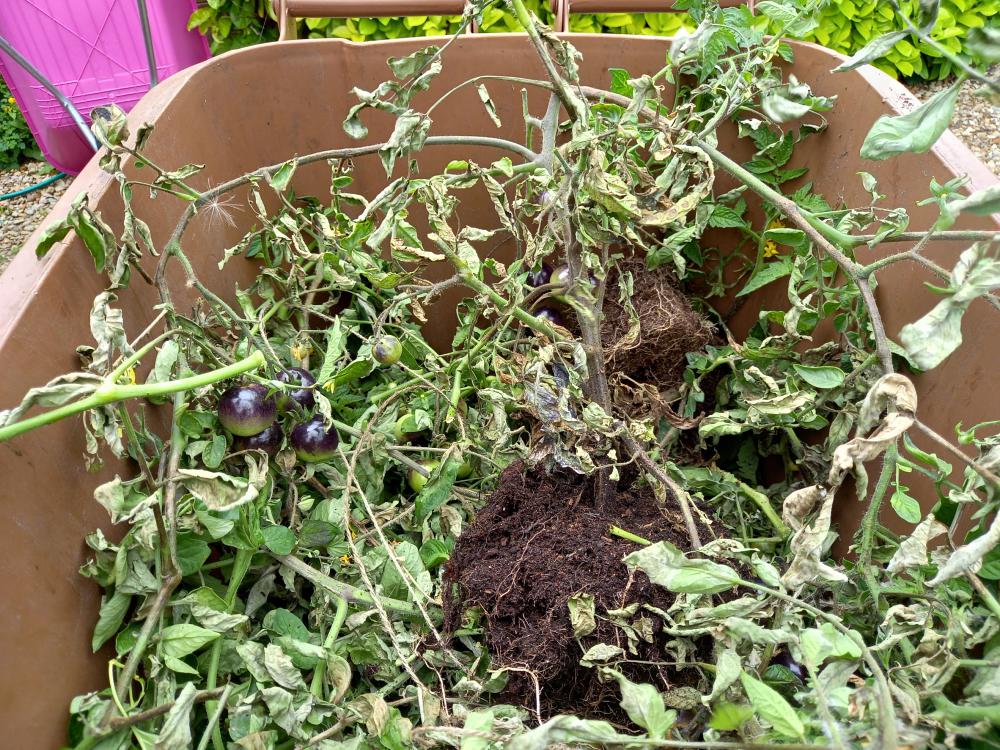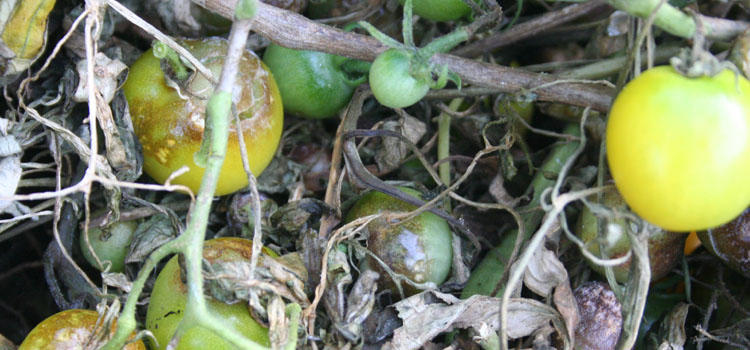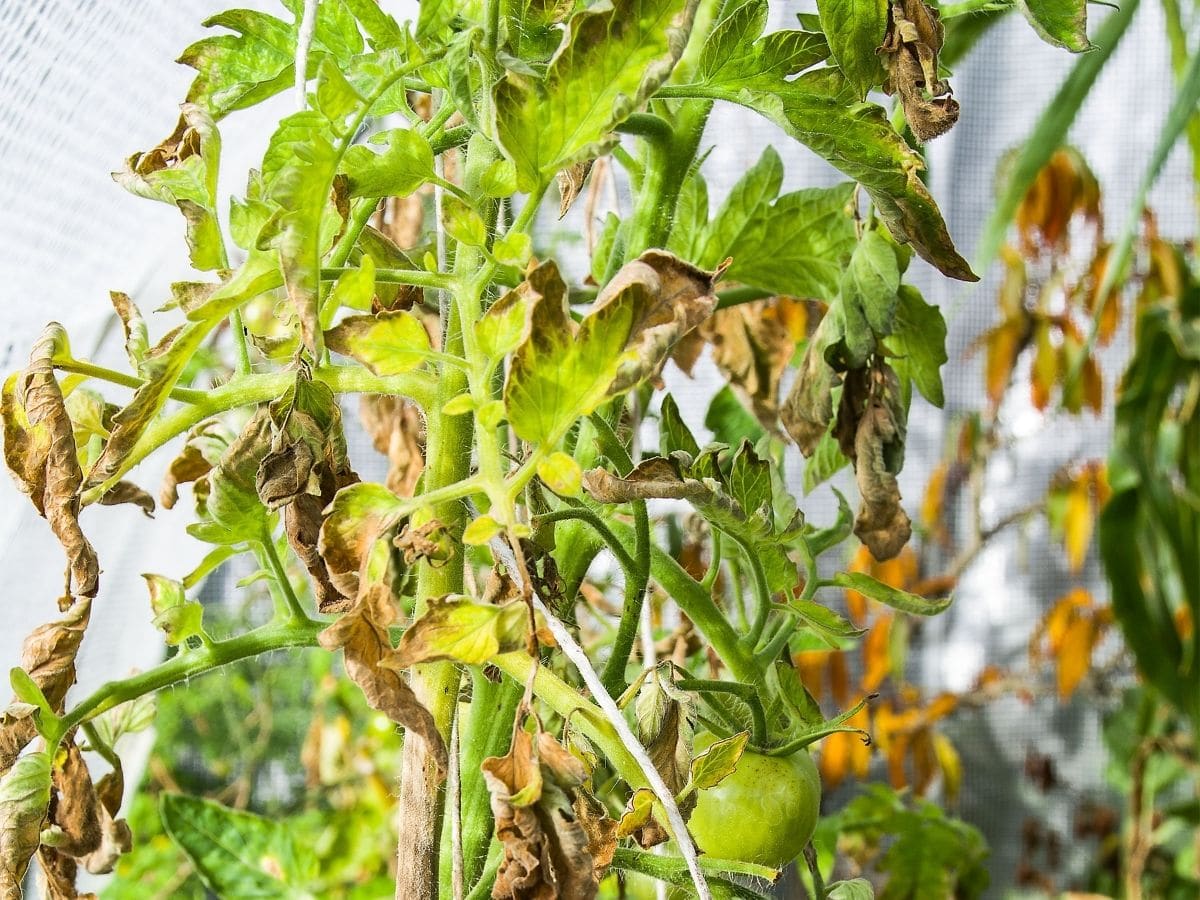
It is caused by the fungus Fusarium oxysporum. Tomato plants can be susceptible to a few types of wilt, but fusarium wilt is fairly common among them. With no way to treat fusarium wilt, prevention is the best medicine. With severe infections you can lose a lot of tomato yield. It is a fungal infection that invades the roots but causes yellowing and wilting in the plant above the soil line. Although potatoes genetically modified to be immune to blight have been developed, none are allowed to be grown in British farms or gardens.Tomato fusarium wilt can be very destructive to home gardens. This is mainly of use to farmers to time their sprays to catch the infections before they get established.Ĭommercial non-organic crops of potatoes are sprayed every 7-14 days with powerful fungicides, which are a huge expense, a risk to the environment and also commonly lead to fungicide resistance. Any infected crop remains should be burnt or buried at least 40cm deep.īlight prediction services based on weather parameters are available which text or email subscribers when there two consecutive days over 10C, and each days has at least ten hours of relative humidity of 90% or over occur or are expected (a so-called 'Smith period'). Resting spores that can survive the winter and infect crops in subsequent years are also reported but it is unclear how important they are in Britain. Blight infections stop once colder autumn weather arrives.īlight overwinters in tubers left in the soil ('volunteers') or stored tubers discarded in spring. Once a crop is infected the disease quickly spreads in wet weather but can dry up and become dormant in hot dry spells. Tomato blight shows itself as dark marks on stems and brown blotches on fruits with leaf rots. Wait two weeks to allow the spores to die out, then gather in your potatoes.

Tubers can become infected and rot in the ground (or later in storage) unless foliage is removed promptly when blight has been spotted. Potato leaves commonly darken at the edges with white mould occurring at the paler edges of the dark patches followed by destruction of the entire leaf. Signs of potato blight are unfortunately common in summer. These include potatoes ‘Coquine’, ‘Sarpo Axona’, ‘Sarpo Mira’, tomatoes ‘ Crimson Crush’, ‘Mountain Magic’ and ‘Losetto’ (bush) Happily, resistant potato and tomato cultivars are available, and better ones are being bred. No pesticides to control blight are available to UK gardeners. Tomatoes are affected too, although greenhouse tomatoes often escape damage because the plants remain dry. Blight attacks usually follow warm rainy weather and are commonest in mild, wet western regions.

Like algae it must have a wet environment to survive.


While blight is often considered a 'fungal' disease, the blight organism itself is not strictly a fungus but is more closely akin to an algae. Potato blight is the most important potato disease in Britain and in fact is of global significance. Malvern Autumn Show - 22–24 September 2023.RHS Garden Wisley Flower Show - 5–10 September 2023.RHS Garden Rosemoor Flower Show - 18–20 August 2023.RHS Garden Hyde Hall Flower Show - 2–6 August 2023.RHS Flower Show Tatton Park - 19–23 July 2023.RHS Hampton Court Palace Garden Festival - 4–9 July 2023.


 0 kommentar(er)
0 kommentar(er)
